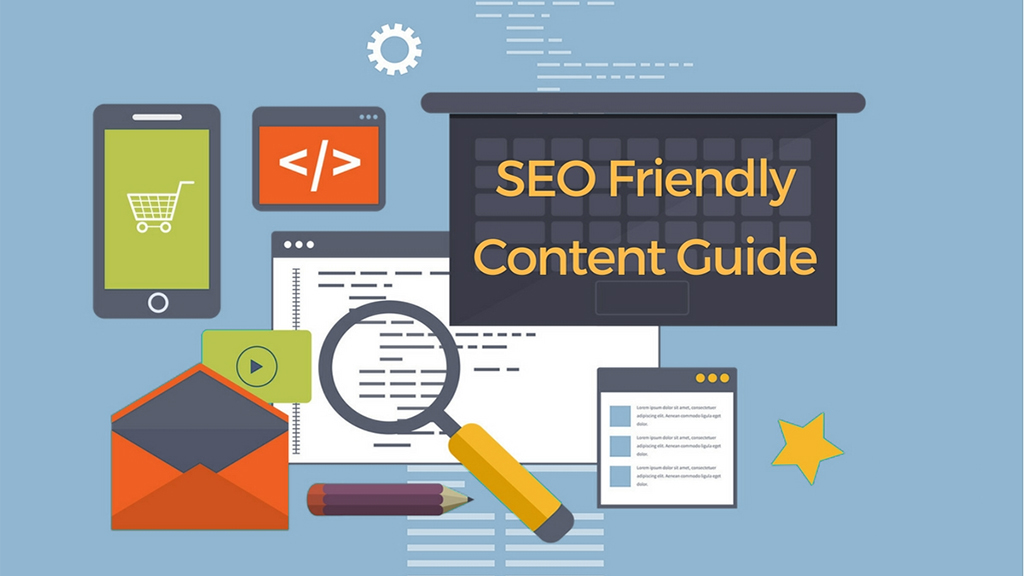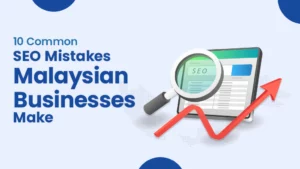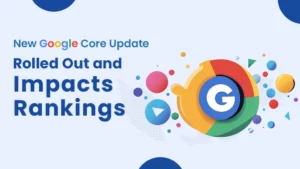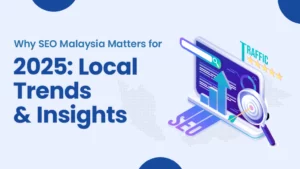Creating content that ranks well on search engines is crucial for any website aiming to increase its visibility and attract more visitors. This type of content, known as SEO-friendly articles, not only helps in drawing traffic but also plays a significant role in engaging readers and enhancing user experience. But what exactly are SEO-friendly articles? These are pieces crafted to make them easily discoverable by search engines while providing valuable and relevant information to the audience.
Understanding and implementing Search Engine Optimization techniques in your writing can seem daunting at first, but with the right guidance and tools, it becomes a manageable and rewarding process. This guide will explore what SEO-friendly means, how to create content that meets these standards, and the essential tools that can help optimize your articles for better search engine performance.
What Does SEO Friendliness Mean?
SEO-friendly content is designed to be easily found and understood by search engines. This means using keywords, having a good structure, and providing valuable information. The goal is to make sure search engines can connect your content to the topics people are searching for.
- Keywords: Using the right keywords helps search engines understand your content. Choose words and phrases that people are likely to search for.
- Structure: Well-structured content is easier for search engines to read. Use headings, sub-headings, and short paragraphs to break up your text.
- Value: Provide information that is useful and relevant. High-quality content is more likely to be shared and linked to, which improves your SEO.
How To Make Your Content SEO Friendly?

Creating SEO-friendly content involves several steps. Here’s how to make sure your articles are optimized for search engines.
Use Headlines and Sub-Headers
- Organize your content with clear and descriptive headings.
- This makes it easier for readers to skim and understand your content.
- Headings also help search engines identify the main topics of your article.
Add Links to Previous Content
- Link to other articles on your site.
- This helps search engines and readers find more of your content.
- It also boosts the SEO of your older articles.
Optimize the Length of Your Article
- Aim for longer articles, around 1500+ words.
- Longer content tends to rank better in search results.
- Make sure your article is thorough and covers the topic in detail.
Choose Your Keywords Wisely
- Use tools to find relevant keywords.
- Include these keywords in your title, headings, and throughout your content.
- Avoid keyword stuffing. Use them naturally.
Optimize Your Images
- Use keywords in image file names and ALT tags.
- Make sure your images are the right size to keep your page loading fast.
- Fast-loading pages rank better in search results.
Make the Content Shareable
- Add social media buttons to your content.
- Encourage readers to share your articles.
- More shares can lead to more backlinks, which improves your SEO.
Write High-Quality Content
- Focus on providing useful and engaging information.
- Quality content is more likely to be shared and linked to.
- High-quality content helps build trust with your audience.
Tools That Help in Content Optimization
Using the right tools can make it easier to create SEO-friendly content. Here are some tools that can help you optimize your articles.
Grammarly
Grammarly is a comprehensive tool that helps writers ensure their content is free of errors and easy to read.
- Grammar and Punctuation: Grammarly identifies and corrects grammatical errors, punctuation mistakes, and issues with sentence structure.
- Clarity and Style: The tool suggests improvements to make your writing clearer and more professional. It helps you maintain a consistent tone and style throughout your content.
- Readability: Grammarly analyzes your text for readability, ensuring that your audience can easily understand your message. It provides readability scores and suggests ways to simplify complex sentences.
Hemingway Editor
The Hemingway Editor is designed to make your writing bold and clear. It highlights complex sentences and common errors.
- Complex Sentences: Hemingway highlights long and complicated sentences, suggesting simpler alternatives. This makes your content easier to read and understand.
- Readability: The tool provides a readability score, helping you tailor your writing to your target audience’s reading level. It encourages concise writing by highlighting adverbs and passive voice.
- Conciseness: By focusing on brevity and clarity, Hemingway helps you create content that is straightforward and engaging.
Read-Able
Read-Able is a tool that assesses the readability of your content, ensuring it is suitable for your intended audience.
- Readability Score: Read-Able assigns a readability score to your text, indicating how easy it is to read. This helps you ensure your content is accessible to a broad audience.
- Age Group Analysis: The tool analyzes which age group will find your content easiest to read. This is useful for tailoring your content to specific demographics.
- Clarity: By highlighting complex words and sentences, Read-Able helps you simplify your content, making it more user-friendly.
Keyword Density Checker
Keyword Density Checker is a valuable tool for ensuring your content includes the right amount of keywords without overdoing it.
- Keyword Frequency: The tool scans your text to determine how often each keyword appears. This helps you avoid keyword stuffing and ensures natural usage.
- Density Optimization: By providing insights into keyword density, the tool helps you maintain the optimal balance of keywords in your content.
- SEO Improvement: Proper keyword density improves your chances of ranking well in search engine results, making your content more discoverable.
SEO Optimization Tools
Advanced SEO tools like SEMrush and Ahrefs provide in-depth analysis and optimization suggestions for your content.
- Content Analysis: These tools analyze various SEO factors, including keyword usage, backlinks, and content structure. They provide detailed reports on how well your content is optimized.
- Keyword Research: SEMrush and Ahrefs help you find the best keywords to target. They offer insights into keyword difficulty, search volume, and competitive analysis.
- Optimization Suggestions: The tools suggest specific actions to improve your SEO, such as optimizing meta tags, improving load times, and enhancing mobile compatibility.
Conclusion
Creating SEO-friendly articles is about more than just adding keywords. It’s about providing value to your readers while making sure your content is easy to find and understand by search engines. By following these tips and using the right tools, you can improve your content’s SEO and reach a larger audience.




